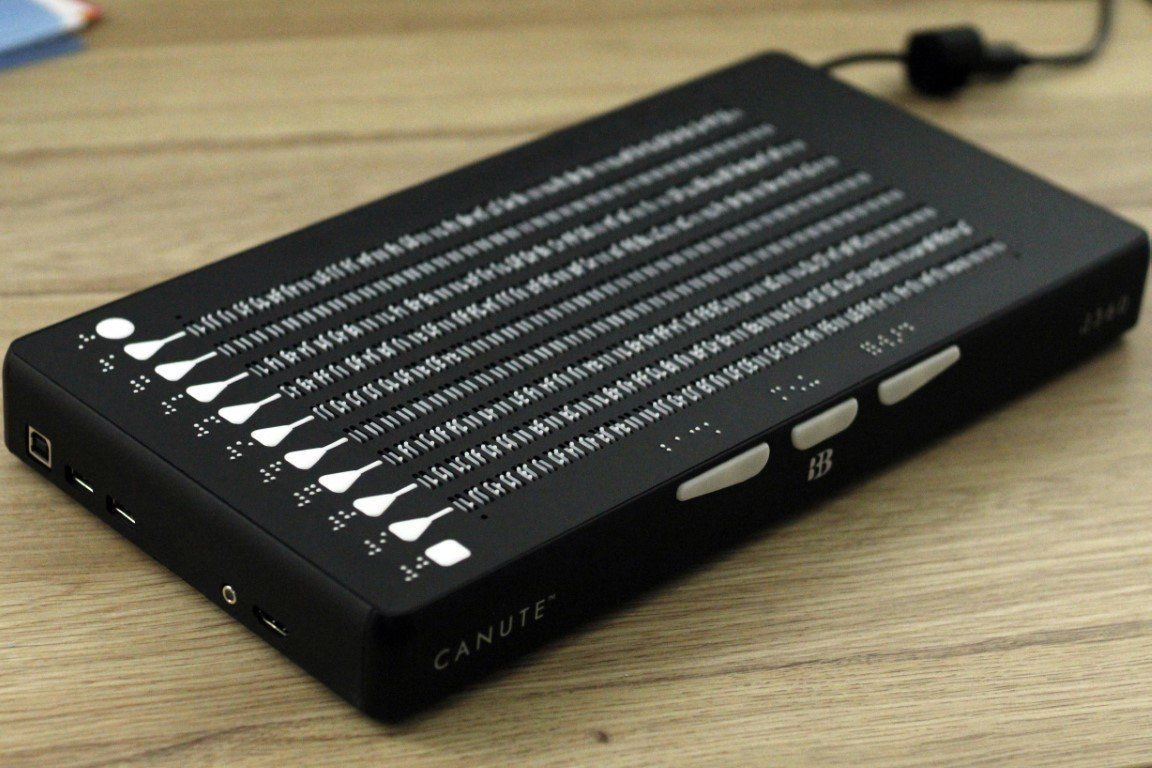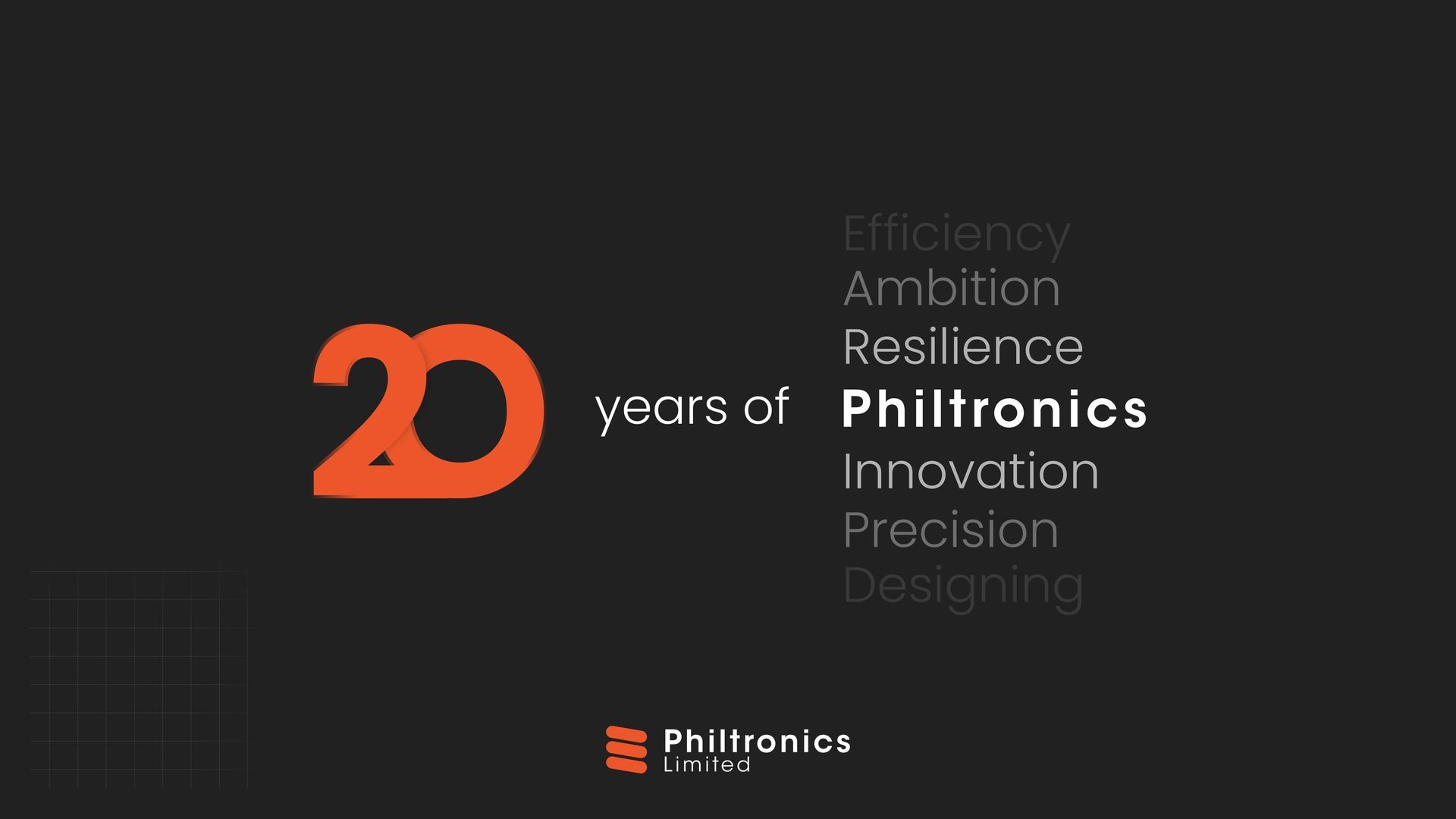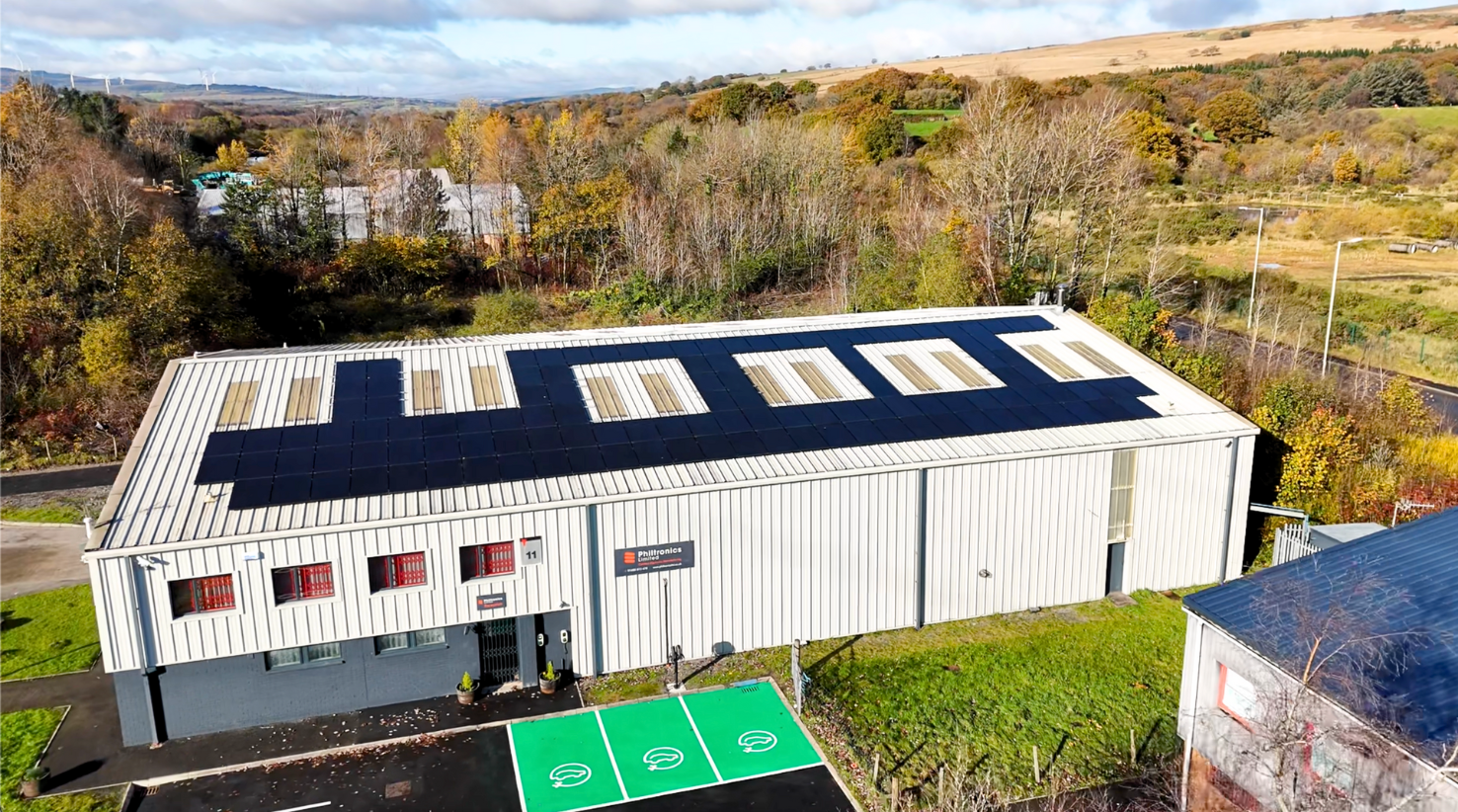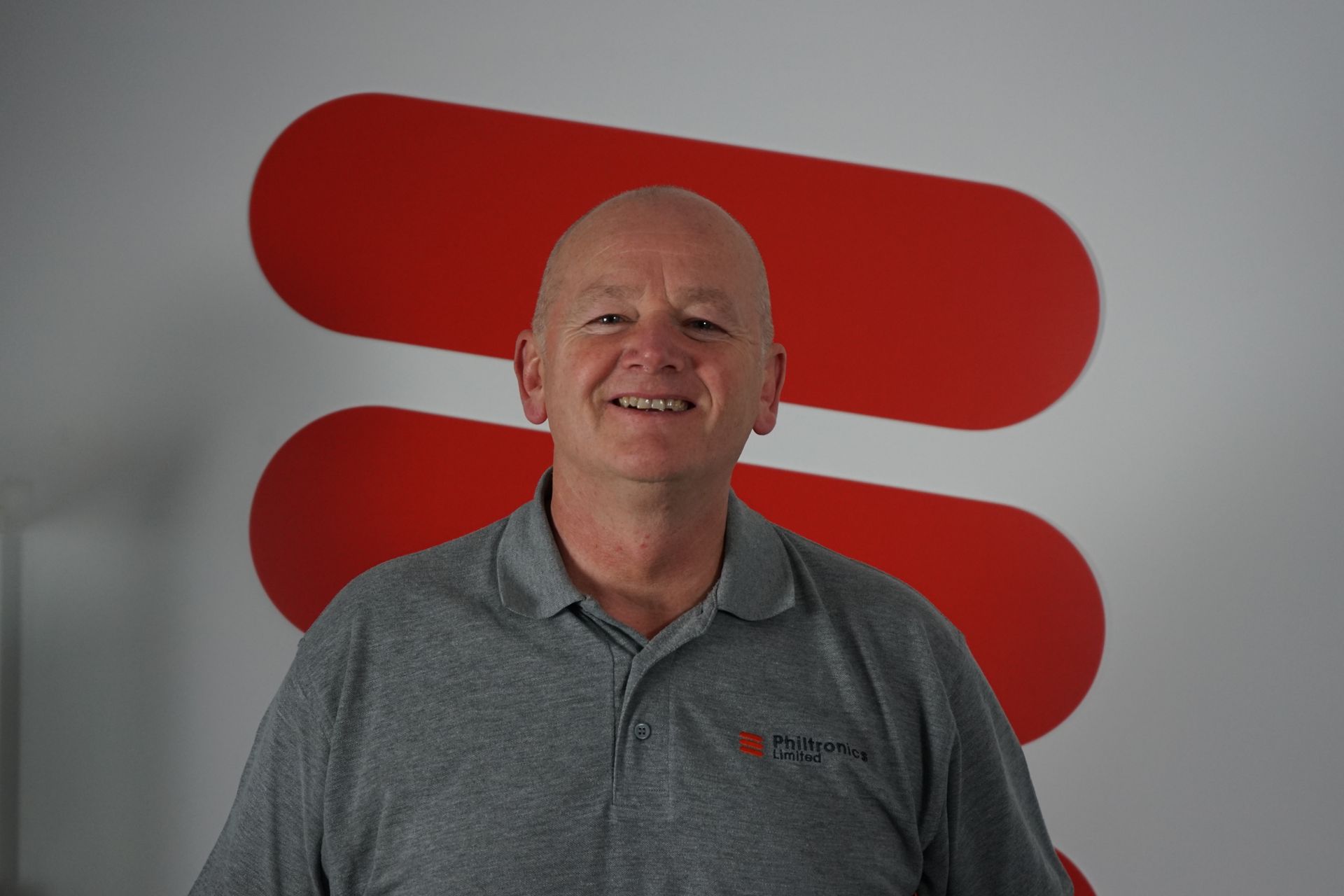Philtronics x Bristol Braille

Until recently, electric braille was extremely limited, and text was often only available to readers in single line formats – the equivalent of reading an entire book on a small calculator screen. As well as being frustrating for blind readers, it was also extremely restrictive, leaving braille users unable to read music, mathematical equations, diagrams and more.
In this case study, we will walk through the manufacturing process Bristol Braille Technology went on with us here at Philtronics in order to combat this daily issue for braille users. Bristol Braille wanted to improve people’s access to the written word, therefore, they came to us with an idea – the world’s first affordable, multi-line refreshable braille device that allows users to read paragraph by paragraph and not line by line.
Background
Being the first of its kind, Bristol Braille needed a manufacturing organisation that was flexible, patient and highly experienced to bring their product to life. Therefore, the company approached us with the goal of developing the world’s first affordable, multi-line, refreshable Braille device. Consisting of nine lines, not one, and 360 cells, not 40, the product needed to be user-friendly yet compact and with enough space to house the complicated technology and mechanisms.
Braille Bristol approached us with their concept and design with the trust that we could create their ideal product. With it being critical to the client that the product was made in the UK, being able to visit our premises in Aberdare, Wales to work alongside our delivery teams throughout the process was fundamental to the success of the manufacturing of their product.
Printed Circuit Board (PCB) and Mechanical Assembly
We have two decades of experience in product development and manufacturing; therefore, we were able to help Bristol Braille from the first prototype build all the way to the full production run over a two-year period. The first stage involved building the PCB, which was very straight forward for our skilled team. Once the PCB had undergone all relevant testing and approval, the next stage was to conduct the mechanism assembly; this step is typically labour-intensive, in the case of this product, it consisted of building rod lifts in the first instance. Our production line was adjusted to maximise the output from cell to line production and the final mechanical assembly involved integrating the PCB and rod lifts into the outer enclosure, which was followed by an intensive test procedure.
Here at Philtronics, we pride ourselves on being highly flexible and cost-effective. Bristol Braille saw huge cost savings during this two-year period from being able to visit the Philtronics warehouse and being able to make on-the-fly adjustments and work alongside the assembly team in person, month after month. We were able to further reduce costs which saw cells for the product averaging $7 instead of the typical market price of $70.
At the end of the process, Canute 360 was finalised and produced, ready to be shipped to braille users across the globe.
Bringing Pleasure Back to Reading
The outcome of this product has been exceptionally positive, its conception now means braille users have access to an electronic reading device that condenses an entire braille library into one single device, allowing users to read libraries of books by paragraphs rather than lines. Canute 360 has been distributed to customers on five different continents. However, with more than 20,000 braille readers in the UK, and hundreds of thousands around the world, demand for this product is high. When Bristol Braille chose us as their manufacturing partner, they were assured that we had the skills and resources to stay flexible and meet demanding timelines. We look forward to continuing this partnership with Bristol Braille and helping to improve people’s access to the written word.
LATEST NEWS
GET IN TOUCH
Contact Us
We will get back to you as soon as possible.
Please try again later.

Philtronics Solutions was formed in 2018 and is the sister company to Philtronics Limited. Philtronics Solutions is a technology development company that offers smart innovation, from concept to delivery. We offer electronic and firmware design services through to design for manufacturing. Philtronics Solutions is committed to developing and supporting sport in Wales.








